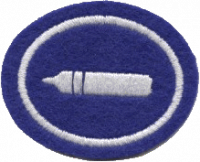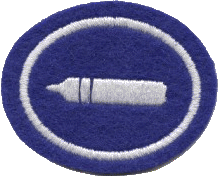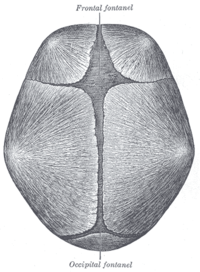Especialidades JA/Cuidado de niños/Respuestas
Nivel de destreza
1
Año
2001
Version
18.05.2024
Autoridad de aprobación
Asociación General
1
2
Preparing the bottle
- Make sure the bottle is clean.
- If using formula, make sure you mix it according to the directions.
- If using milk, put only as much as the baby needs in the bottle. The baby's usual care giver should be able to tell you how much and how often the baby should be fed.
- Older babies may drink milk cold, but others will need it to be heated first. The ideal temperature for milk is body temperature (99°F, or 37°C), as that is the temperature of breastmilk. If the milk needs to be heated, follow these guidelines:
- Contrary to popular belief, the bottle can be heated in a microwave oven, so long as the milk is mixed well after it comes out. The problem with heating milk in a microwave is that it heats the milk unevenly. There may be pockets of milk that are hot enough to burn the baby's mouth, while other parts of the milk are still cold. Shake the milk vigorously after removing it from the microwave.
- You may also heat the milk in a saucepan.
- Before giving heated milk to a baby, always check its temperature by squirting some on your wrist or on the soft side of your forearm. These areas of your body are sensitive to heat. If the milk feels hotter than your skin, do not give it to the baby. Instead, mix up some more and try heating it less, or put it in the refrigerator until it cools down to body temperature.
3
Preparing the bath
Babies cannot tell you if the water is too hot, so you must be careful to ensure that the temperature is right. Fill the tub with about two inches (5 cm) of water, and check that the temperature is comfortable. You do not want it to be too hot, nor should it be too cold. You must not leave the baby unattended even for a few seconds while she is in the tub. Therefore, bring everything you will need for the bath to the tub before you bring the baby in. If you do forget something, take the baby out of the tub, wrap her in a towel so that she does not get cold and so she is not so slippery (you don't want to drop her!) Then take her with you to fetch the forgotten item.
4
Baby's soil their sheets more often than other people, so it is important to check that the sheet are clean before putting the baby to bed. Sometimes a baby will need to have its sheets changed more than once in a day. We will not go into all the things that a baby can do to soil the sheets. A Pathfinder can well imagine the possibilities without help from this Answer Book.
5
Weighing the baby
Unless you have a baby scale, this is going to present an easily-overcome difficulty. Babies cannot stand until they are 8 months old or so, and then they are not steady. By the time they gain steadiness, they are not interested in standing on a scale while you try to get a reading. The easy way to deal with this is to weigh both yourself and the baby, and then subtract your weight.
6
The benefits of breastfeeding are both physical and psychological for both mother and child. Nutrients and antibodies are passed to the baby while hormones are released into the mother's system. The bond between baby and mother can also be strengthened during breastfeeding.
7
Weaning is the process of gradually introducing the infant to what will be its adult diet and withdrawing the supply of milk. The infant is considered to be fully weaned once it no longer receives any breast milk and begins to rely on solid foods for all its nutrition.
8
The skull of a newborn consists of five main bones: two bones in the front, two bones on the side (one one each side), and one bone at the back of the head. These are joined by fibrous joints, which allow movement that facilitates childbirth and brain growth.
9
Day care centers are very busy places, so you will want to make arrangements ahead of time with the staff to meet with them. Allow them to suggest a time when it is convenient for them to talk to you. Be on time and courteous. Day care centers are also excellent places for Pathfinders to do community service. They are unlikely to ask the Pathfinders to take charge of the kids, but they well may have painting or yardwork that needs to be done.



